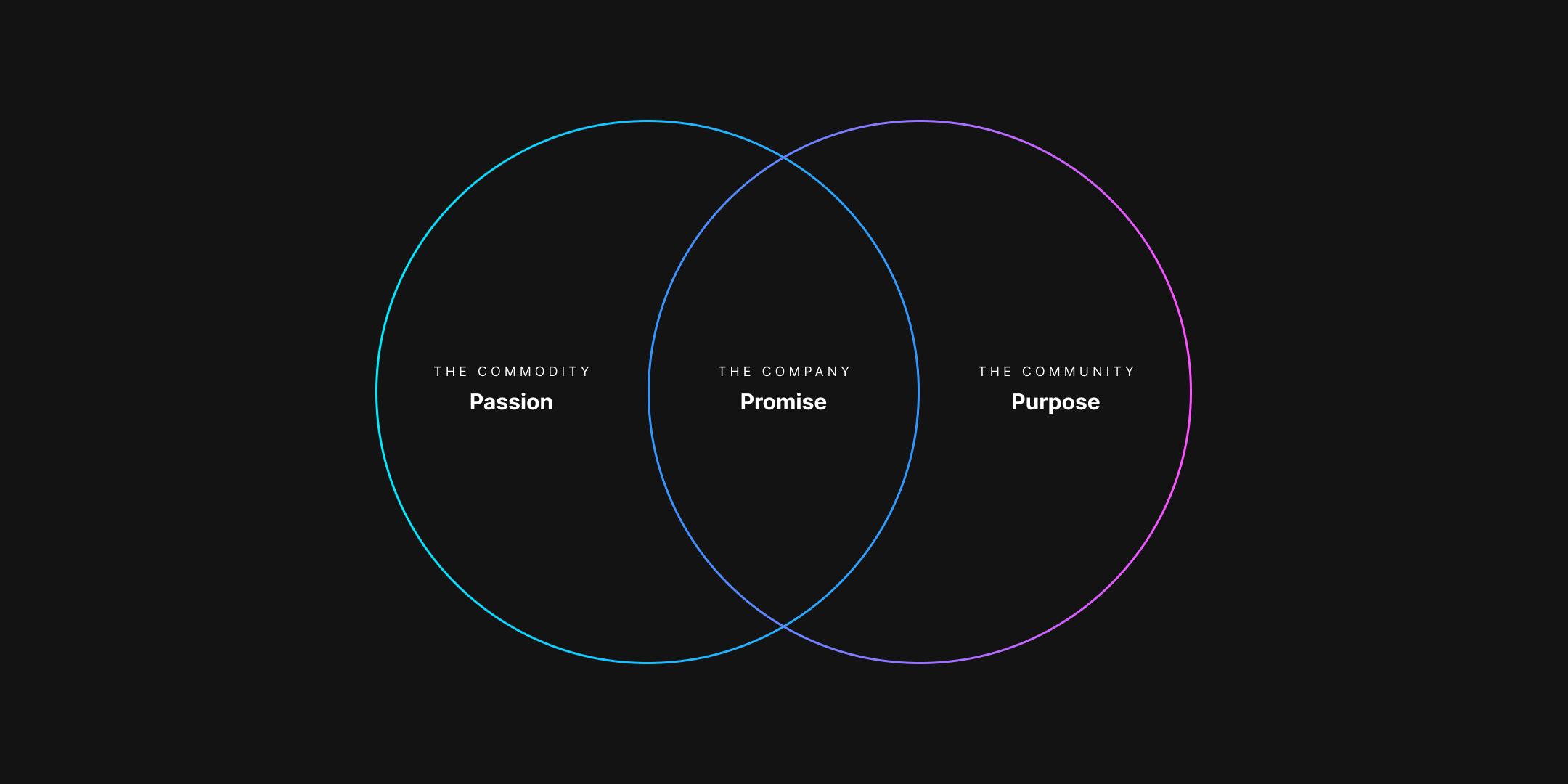
The world of artificial intelligence has witnessed remarkable advancements that are reshaping industries and enhancing everyday experiences.

Right now, the world of technology startups is being dynamically changed by the advent of generative artificial intelligence (GAI). It is causing startups to quickly update their roadmaps and is causing a change in direction for venture capital and talent.
This change has put pressure on the design and marketing of startups in the aspects of reprioritization. While design and marketing are extremely effective in capturing new markets, the advent of GAI has put the focus on the engineering teams within these companies, rather than the product design itself. The industry is experiencing an experimental stage where beta products and features powered by AI are prolific. These experiences are largely compelling due to their novelty and the new value they bring simply through prompt engineering, rather than extensive user involvement. The result has been an interesting simplification of interfaces that mask the incredibly powerful technology underneath. In some ways, it could be seen as a return to the terminal days when users were limited to distant terminals connected to powerful mainframes through very basic user interfaces.
Because of this phenomenon, the focus of these startups has been focused on quick adoption by early adopters, and those in venture capital. In these cases, design has only gone so far as to give the impression of a usable user interface, but stopped short at a truly friendly user interface. This also is true for branding and marketing, where companies are simply adding AI or .ai to their names or URLs to capture the attention and curiosity of their audiences.
What has started to be discussed is the fact that many of these GAI startups are simply built as a layer on top of powerful models such as ChatGPT. Using APIs, these startups have become essentially user interfaces to larger models, allowing for more contextual and nuanced responses. Some of these companies, if they have the means, have invested in developing their own models, but this approach is very expensive and time-consuming. It’s not clear if the industry will keep on this course, or if the goal will be to bifurcate into two industries: the models and the agents that run on top of them.
As with any new wave of technology, it is very difficult to predict winners and losers. As a strategic design consultancy, we have been hard at work trying to create ways to predict and influence this process through the tools available to us and our clients.
One way we have focused on effecting outcomes has been to fine-tune our process for Product Market Fit as well as a new process we call Promise Market Fit. Our work on Product Market Fit is based on the best practices in the industry in finding alignment between a product and a strong market. We help early-stage startups find the best available niche and build products that attract that audience. Once Product Market Fit is found, we then progress to Promise Market Fit, which takes the startup into the world of Brand Marketing, where both emotional and psychological decision making start to play a larger role in growth, and promise overtakes product.

Promise Market Fit is the combination of three principles within a company: Brand, Product, and Culture. Each is distinct, but together they create a dynamic relationship that guides perception on both emotional and psychological levels.
The Brand component is focused on the Purpose of the company, its unique reason for existing. For early-stage companies, this purpose is focused on solving a problem that the market has. Once the market has recognized and sees value in having a solution to this problem, Product Market Fit is met and a basic level of brand is established. Companies at this stage are seen as tools that fix specific problems or issues, and are largely utilitarian.
Beyond Product Market Fit, these companies begin to enter into a space that is more impacted by other pressures and preconceptions. Alignment at this level requires a larger community than simply the Customer. It requires meeting the expectations of consumers and consultants. To motivate and appeal to these audiences, it’s essential to extend the company’s purpose from simply solving a problem that only customers may have, to having a purpose that everyone can benefit from.
This focus on Community rather than just Customers is crucial in creating a true Purpose. What defines a Purpose for a company is in the shared destiny, the culmination of the Mission, Vision, and Values, that the Company and the Community share. It speaks to a goal outside basic business necessities like growth, profit, or sustainability, and instead speaks to the real value that arrises by the product or service being put into action by the Community. While these kinds of goals or objectives may seem lofty, they should instead focus on meaningful change that inspires action.
The Purpose should also be broad enough that it can be achieved in many ways, one of which is the course the Company is on. This acceptance that the Purpose is larger than the Company itself is a testament that it exists in a space that can be appreciated on the emotional and psychological levels necessary to build a deeper relationship with the Community.
The Product component is focused on the Passion of the company, its unique strength. For early-stage companies, the passion is put towards building a platform that provides a solution at scale. This is reason for much of the emphasis in early-stage startups on engineering, from garage-based startups and the coffee-induced all-nighters. Once Product Market Fit has been established, the product is seen as having the unique ability to solve a problem that was likely difficult to solve before, and is rewarded with an enthusiastic early-adopting market. Often, these teams are celebrated for simply solving the problem, and are rewarded for their fortitude.
Beyond Product Market Fit, additional forces begin to affect products similar to the brand. One of these pressures is competition, which now has a path for success that they can follow, without the same level of risk. This copy-cat approach is hard to avoid, especially if the product is an obvious success. What is crucial during this phase is to focus on the strengths of the existing company and invest in the continuation of its Passion through the product. Passion is more than making a product more efficient or adding new features. Passion is about finding the unique strength that the company has and bringing that about through the product in ways that no one else can.
The process of defining a company’s Passion is complex, but can be distilled down to the principles of Insights, Capabilities, and Execution. Some companies have a strength in Insights, being able to identify trends and consumer needs better than others. Some companies have strong Capabilities, which allows for unique solutions to problems that others are unable to offer. And for other companies, Execution, the ability to develop and deliver a high-quality product either efficiently or effectively, can set them apart from others. Identifying a company’s Passion should involve a mix of these principles to identify the ways to extend their strengths in continual innovation.
Culture, in our context, is the relationship that the company has with its Community, but in this case we are extending it further to include the talent within the company as well. For early-stage companies, culture can come directly from the founders themselves and the environment in which they are working. Because of the high-stakes pressures around startups, their culture can sometimes be toxic, or more stressful than typical opportunities. The opportunities that come from being part of an innovative company, primarily the chance to explore Purpose and Passion in new ways, as well as the potential financial upside, is a large motivator to accept these kinds of conditions.
As these companies evolve past Product Market Fit, Culture begins to play a much larger role in the success of a company in two specific ways: retaining customer and retaining talent. Oftentimes the focus of growing companies is primarily in the acquisitions of new customers, while only providing minimal attention to deepening their relationship with existing community members. This creates a relationship that is simply contractual, with the product being nothing more than a commodity that can be easily reproduced elsewhere. Instead, creating a culture with existing customers, not just simple retention tactics, is the path to creating true loyalty.
Talent Retention is also highly impacted by Company Culture in a way that effect success. Many companies have reduced culture down to employee benefits, perks, or team building activities. While beneficial, these efforts are also easily commoditized, and their level of effort can quickly become overlooked by more valuable talent.
The process of defining a company’s culture is a direct extension of the Purpose and Passion. In the case of Purpose, the goal is to find the overlap of Purpose that extends beyond the brand itself and find the emotional and psychological connection with customers and talent. For customers, this means being a part of the purpose of the company being accomplished, not just as a customer. This level of hands-on participation is what creates a lasting bond with the company that a simple transactional relationship cannot.
The same can be said, too of talent. When the talent can see their efforts and expertise given to the company not only benefiting the organization, but the world around them in a meaningful way through the company’s Purpose and Passion, this provides a high level of personal satisfaction. With most high-level talent, their skills are in high demand, making the importance of this relationship to be paramount to their retention. In fact, according to a Business News Daily article states that 56 percent of respondents consider a good workplace culture to be “more important than salary” for job satisfaction.
In conclusion, the advent of generative artificial intelligence (GAI) in the startup world is not just a technological shift. It’s a paradigm change in how companies approach growth, innovation, and market engagement. Promise Market Fit emerges as a vital strategy in this new era, offering a comprehensive framework that harmoniously integrates Brand, Product, and Culture.
This approach empowers startups to not only adapt to the rapid changes brought about by GAI but to thrive in them. By embedding their unique promise into every facet of their operation, startups can create enduring value that resonates with both their customers and internal teams.
As we navigate these exciting yet uncharted territories, the principles of Promise Market Fit serve as a beacon, guiding startups towards sustainable growth and meaningful impact. It’s an invitation to startups to reimagine their journey, not just as a pursuit of market share, but as a quest to build a resonant, purpose-driven brand that stands the test of time and technology.
With Promise Market Fit, we are not just preparing startups for the challenges of today but equipping them for the opportunities of tomorrow. It’s more than a strategy. It’s a commitment to growth, innovation, and a deeper connection with the world we aim to serve.